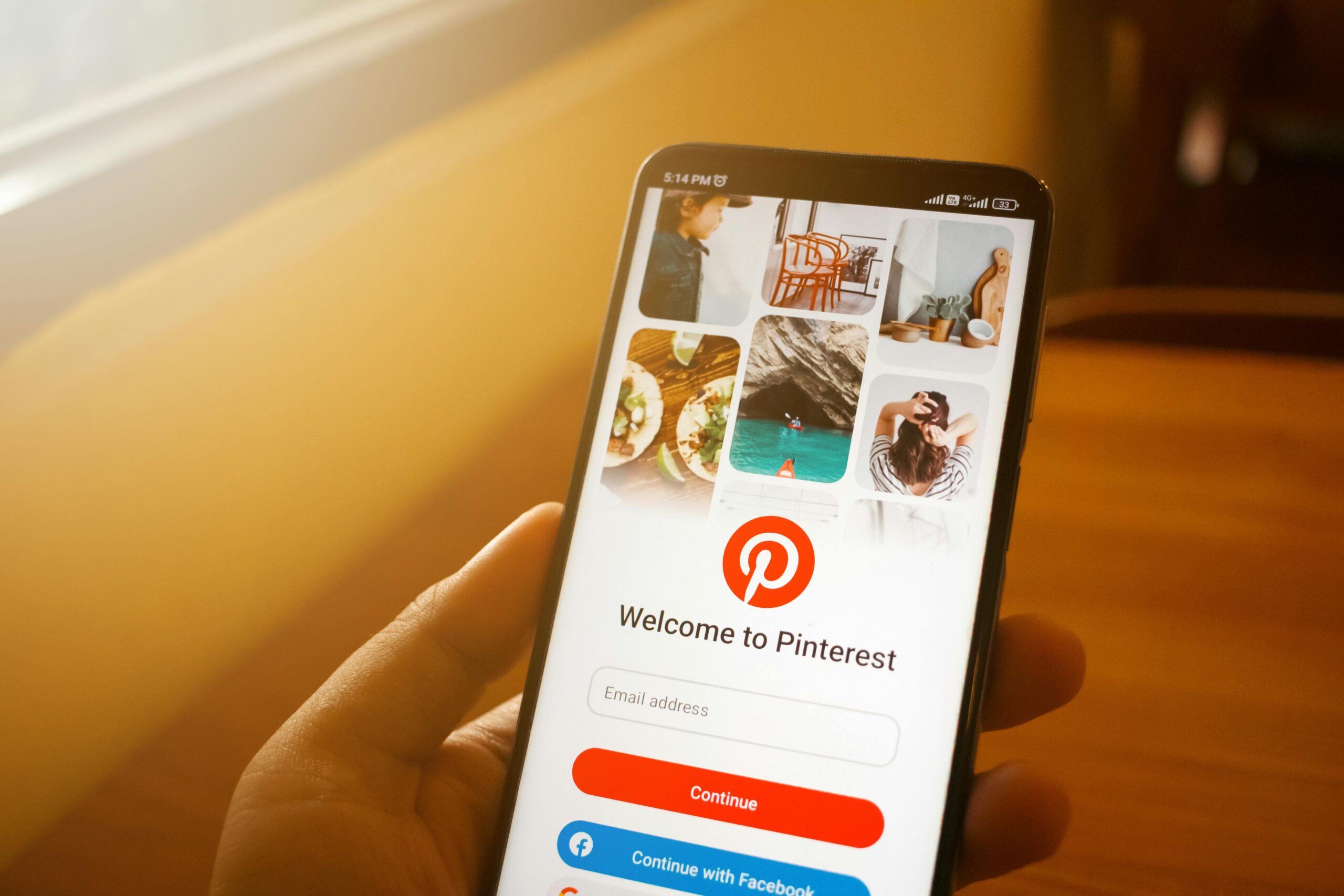
Pinterest is testing a new AI feature called “auto-collages” that allows advertisers to quickly convert their product catalogs into engaging, shoppable collages. The company announced the innovation this week, highlighting its goal to help advertisers reach customers more efficiently while saving time and creative effort.
Popularity Among Gen Z and Early Success
Pinterest emphasizes that collages are among the most popular and engaging content types for Gen Z users, with tens of millions of collages created on the platform. Early tests reveal that auto-collages are saved at twice the rate of standard product Pins, signaling strong user interest.
The AI automatically groups product images into visually appealing collages based on criteria like outfit ideas, user engagement metrics, product similarities, and previous saves. For example, the feature might assemble clothing items into a stylish outfit reflecting existing fashion trends or generate new collages inspired by popular, highly engaged content. It can also create collections of products similar to those users have saved on their boards.
Pinterest’s Vision for Brand Innovation
Julie Towns, Pinterest’s Vice President for Product Marketing and Operations, explained that auto-collages emerged from the Pinterest Ads Labs program launched last year, which focuses on generative AI innovations. Towns called the tool a “leap” in enabling brands to instantly convert product catalogs into fresh, resonant creative content tailored especially for Gen Z audiences.
Alongside auto-collages, Pinterest is updating its “Trends” tool to provide advertisers with deeper insights into upcoming user purchase intentions. The refreshed Trends tool will analyze what users are saving, curating, and shopping for, helping advertisers predict demand more accurately.
Author’s Opinion
Pinterest’s new auto-collage feature feels like a smart evolution in digital advertising. By leveraging AI to produce visually cohesive and shoppable content, it not only reduces the creative burden on brands but also enhances the shopping journey for users, especially younger audiences who crave inspiration alongside convenience. This approach could set a new standard for interactive commerce across platforms.
Featured image credit: indra projects via Pexels
For more stories like it, click the +Follow button at the top of this page to follow us.
